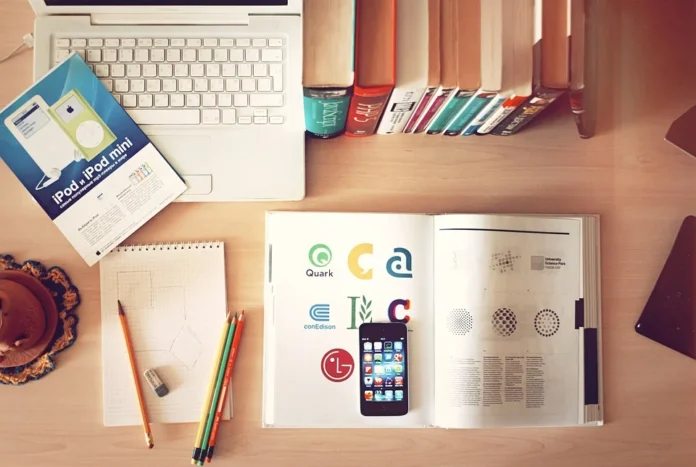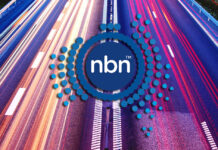
Table of Contents
After the emergence of the coronavirus pandemic, the world was certain about COVID’s lasting impact on our lifestyle. So, how did this global health crisis change our norms? From remote working to distance learning – the pandemic accelerated the massive acceptance of several trends worldwide. Although most of them have eased various daily routines like eLearning, we can only hope others become obsolete, like wearing masks.
Nonetheless, various trends haven’t just helped students resume their education during lockdowns but have also made the consumption of knowledge more convenient. So, below we’ll discuss some trends that emerged last year but are now expected to remain relevant even after the pandemic.
Trends in the education industry that will stay with us
While COVID-19 transformed our educational landscape, it also introduced several trends that are now essential for imparting knowledge. It accelerated the global acceptance of different technological advancements that have made education more engaging. Studies show that distance learning helps students retain more information than traditional pedagogy. That’s why universities and colleges won’t hesitate to incorporate technology in education for better learning and improved outcomes. Likewise, eLearning proved monumental for professionals seeking to attain higher education while carrying out their job responsibilities. For instance, many healthcare professionals are now opting for online learning to upskill themselves. Among them, emergency medical service providers are keen on pursuing online EMS training programs, given the ease and career advancement prospects that come with it.
So, we can declare now that the following trends that emerged from this global event are here to stay with us:
-
Blended learning
The pandemic led to the rapid popularity and demand of the blended learning technique. This well-known technique combines eLearning with face-to-face interactions for a smoother learning experience. Additionally, it allows students to manage their educational endeavors according to their preferred mode of education. Therefore, blended learning lets students enjoy some control over how, when, and where they wish to learn.
-
Nano-learning
Everyone’s heard about how the human attention span has decreased in the 21st century. A study by Microsoft corporation reports that people can focus on stuff for only eight seconds now. Such declining attention span is also quite evident among today’s students, especially given their reliance on tech gadgets. This issue influenced the institution of pedagogy as well, leading to the introduction of nano-learning. It attempts to engage students through bite-size learning or giving them a chunk of information at a time. As a result, we now have 2-5 minute long videos for educating modern-day students. It boosts their engagement and allows for more enhanced learning.
-
STEAM Syllabus
Another popular trend in the education sector is the emergence of the STEAM curriculum. The STEAM approach includes “A,” meaning Art in STEM (science, technology, engineering, and mathematics). Now, students are also motivated to hone their soft skills alongside technical prowess. The inclusion of art has led to various educational opportunities for aspiring students. It bolsters a student’s creativity, thereby helping them become more innovative members of our society.
-
Redefining Educators
Considering all the developments discussed above, the duties and roles of an “educator” haven’t remained the same as we knew before the pandemic. With massive amounts of information available on the internet, we can now expect significant transformations in the responsibilities and roles of modern-day teachers. When children can learn anything just by watching a YouTube video, what’s the purpose of an educator then? Today, educators are focusing more on the multiple intelligences of students and addressing them according to the unique needs of each student.
-
Soft Skills
In 2019, a survey showed employers complaining about students not developing “soft skills” in colleges. Around one-third of employers believed that colleges and universities weren’t preparing people for dynamic job roles. They lacked qualities such as effective communication, critical thinking, analytical capabilities, and attention to detail. Consequently, modern-day educational institutes are focusing on harnessing students’ soft skills. It allows them to solve problems strategically and manage clients more effectively, thereby improving their employability.
-
Project-Based Learning
Students learn better when they’re allowed to apply the knowledge taught in the classroom in real-world scenarios. This approach led to the introduction of project-based learning, where students participate in real-life projects to test their concepts. And while teachers supervise them, students are busy “learning by performing” in the school. Teachers can divide students into subgroups containing 4-5 members and assign them a project to brainstorm ideas and give presentations. It not only provides practical exposure but also instills self-esteem among students. As a result, when they venture into the corporate world, they already possess the insight to tackle various challenges and scenarios.
-
SEL
SEL (social-emotional learning) enables students to develop their self-awareness capabilities. These skills are crucial as they help cope with challenges we encounter in our lives daily. Teachers have used several nontraditional academic approaches to improve their pupils’ social-emotional intelligence. These approaches include journal writing, holding regular meetings, and encouraging students to read aloud in the classroom. Studies show that students with solid SEL skills interact better with people and are more confident about their endeavors. As COVID has led to a rise in stress/anxiety among people, teaching people how to control their emotions has become even more essential. And we can expect this trend to remain relevant for years to come.
Conclusion
The pandemic contributed to a massive acceptance of specific trends in the education sector. These ranged from utilizing eLearning to leveraging various teaching styles and approaches. People worldwide were able to continue their education with the ease of online learning. From students to employees – everyone benefitted from EdTech in 2024. Some trends that were predicted to survive the onslaught of the coronavirus included blended training in which students can learn from both modern and traditional means. Also, adding arts to STEM subjects made education more inclusive for students. Then we have “Genius Hour” and “bite-size learning” to help pupils retain the information acquired in the classroom. These unconventional but revolutionizing trends are transforming today’s education sector and will likely continue to do so.
















